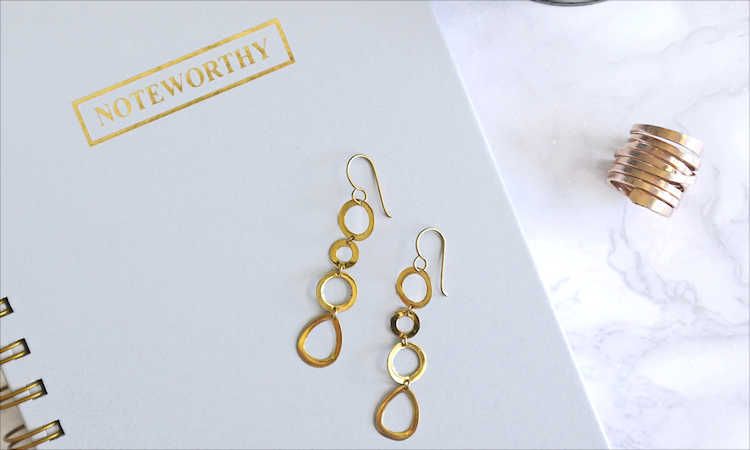Closing the Sale
Article provided for The Plumb Club by Kate Peterson, PC Performance Concepts

Closing is obviously a critical step in the selling process.
After you’ve built rapport with your customer, profiled completely, gotten her involved with the items you’ve presented, and overcome any objections, closing the sale also should be easy. But what can you do to make sure that it is?

Kate Peterson
A big part of the answer lies in developing your ability to identify signals that customers are ready to make purchases. During a presentation, you need to be constantly on the lookout for buying signals. The verbal versions can be as clear and direct as, “I like this design better than that one,” or “Yes, it’s beautiful, and it’ll look great when I wear it this weekend!” Examples of nonverbal buying signals include the customer making a meaningful glance at the item, hesitating to hand it back to you, or responding to a trial closing with a nod or smile. These—along with many other statements and gestures—can indicate that this item is the right choice and the moment of decision has arrived.
Often the cue will take the form of a question, which you can turn into a close simply by asking the customer for the sale. For example, if you’re asked, “How large a deposit would I have to put down?” rather than supplying only the requested information, your response might be, “If I can arrange a $100 deposit, will you buy it?”
Asking for the sale in such a pointblank way isn’t always appropriate, however. Knowing when to use this technique depends on your proficiency in picking up and putting together all the subtle clues and signals your customer is sending you.
There are a number of other good approaches—or closing techniques—that you can use. These include making a key assumption, presenting a simple choice, summing up the situation, or offering a decisive suggestion.
- Assuming the Close—This often works well with indecisive customers. You actually set the stage from the beginning of the presentation by assuming that the customer will make a purchase. Then you simply assist by helping to identify the best item. Along the way, you transfer ownership by describing the jewelry as “yours,” “his,” or “hers” instead of “ours.” Finally, when the moment feels right, you ask a question that assumes the sale: “He’s really going to love this! Shall I giftwrap it for you?” “From all you’ve told me, this is the perfect choice. When are you going to give it to him?” “I can have the ring sized by tomorrow morning. What time would you like to pick it up?”
- Alternate Choice Close—It’s best to use this approach when the customer has narrowed the possibilities to two items, oryou’re confident the time has come to move into purchasing mode. When that happens, try offering some options: “Which of these two best expresses the ‘wow’
you’re looking for?” “Would you like to wear it now, or shall I put it in a box?” “Do you prefer the ring in yellow or white gold?”
“Will it be the necklace or the earrings—or both?” - Summary Close—This involves recapping the features and benefits to which the customer has responded most favorably, with a little reinforcement of how the item meets the customer’s needs: “The deep blue of this topaz accents one of your favorite wardrobe colors, and the ring’s design has a timeless look. The setting also provides plenty of protection, so you can feel comfortable wearing it to the office every day. It all adds up to current chic, classic appeal, and everyday wearability. So, I think you’ve found exactly what you’re looking for!
Remember that your confidence at the moment you ask for the sale is critical. The customer will sense and react to any uncertainty on your part. But even if you encounter an objection at this point, don’t be discouraged. Treat it like any other objection, and then try closing again.